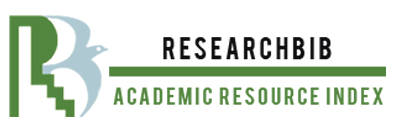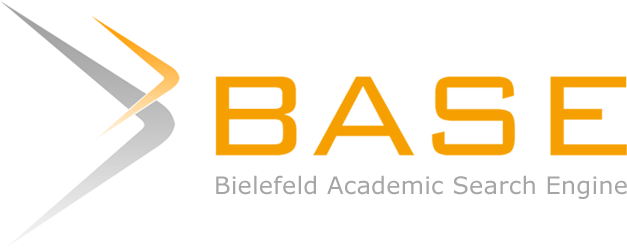Stages of Modern Technological Development of Automation of Robotization Processes
Keywords:
Robotic process automation, Technological process determination, outsourcing processes in enterprises, technological objects, automatic changes in robotization, technological system schemeAbstract
Creator of the technology scheme of robotic automation of technological processes organizations are now widespread. Common use cases involve automating repetitive manual tasks (or processes) currently performed by enterprise employees. Robotization processes are attached to technological processes through some information system. The life cycle of any Robotization process automation project begins with process analysis and creates wide opportunities for automation. This is a very time-consuming step in practice settings often rely on studying process documentation. Such documents are usually incomplete or inaccurate, for example, some are documented cases never occur, cases that do occur are not documented, or circumstances differ from reality. Robots will need to be deployed in a production environment. Things developed on such a confusing basis pose a high risk. This is paper describes and evaluates a new proposal for the early stages of robotic process automation technology. Analysis of the technological process and its subsequent design stages are carried out. The idea is that use the knowledge of the company's employees, starting with monitoring are considered at the stage of receiving them in a non-invasive way. on a computer, it is done through mouse movements and basic movements. This stored along with timestamps. Received journal this method is converted into U log by image analysis technique and (such as a fingerprint or a block diagram) and then converted into a process model. Technological a technological system is created by using process identification algorithms. We evaluated this method we have created two real-life improved technological systems, observed the period of technological adaptation of industrial enterprises. The assessment is clear and shows importance. We looked at the benefits in terms of accuracy and speed. This article presents a method, along with a number of limitations that need to be addressed can be applied in wider contexts and we have looked at the safe steps in several process automation processes.










